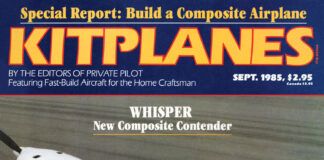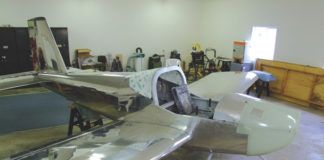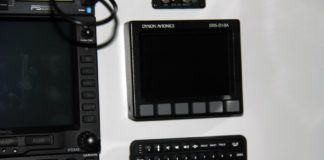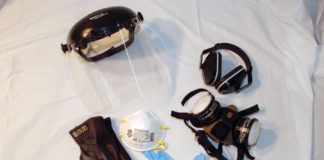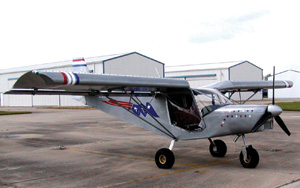 Ron and Phyliss Dallmeyers Zenith CH 701 Our Zenith CH 701, N701PR, is a fun airplane to fly. Its powered by a four-cylinder, fuel-injected 1.3-liter Suzuki Geo engine. I believe it is the first 701 to have this engine installed, but the second to actually fly with it. The Suzuki computer system had some quirks that ultimately led me to the SDS-4D ignition system from Racetech in Calgary, Canada. The Raven reduction drive system along with the SDS-4D, a Powerfin prop, a custom radiator by Tech Welding in Paducah, Kentucky, and Stolspeed vortex generators make a fine combination. Thanks to my cousin Larry Geist and my wife, Phyliss, for helping with the building process. It was a great first experience for all of us. And I certainly want to give credit to Bob Stewart, our EAA Chapter 429 tech counselor, Lanny Crawford and all the great people at Zenith Aircraft in Mexico, Missouri. Jefferson City, Missouri |
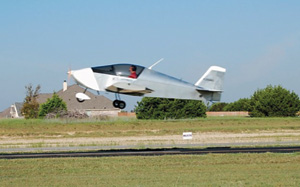 Jay Gibbs Sonex On September 20, 2009, at 9:15 a.m., Sonex 1230 took flight. This was exactly 13 months, two days and 620 construction hours after receiving the plans and kit. The flight went flawlessly. The plane flew straight and level and needs no adjusting. The AeroVee engine also performed better than I expected. All temperatures stayed at the bottom end of the operating range even during an extended climb. A 3000-rpm level cruise resulted in 125 mph indicated. The climbout was at 100 mph and 600 fpm. I would like to thank my wife for all of her patience over the past year and Sonex for designing such a great airplane. I still cant get the smile off. Weatherford, Texas |
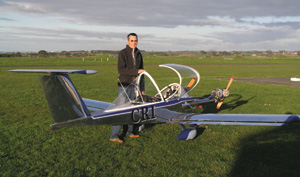 Wayne Butts Cricri After six years of crafting from plans and assembling various parts of aluminum and boat builders foam, this French-designed aircraft finally took to the air for its inaugural flight on December 26, 2008. I chose to build the Cricri because of its quirky and unique features. Despite an empty weight of just 190 pounds, it has full flaps, hydraulic brakes and fully redundant systems for each engine. The Cricri is also aerobatic and has an inverted fuel system. It is registered as a microlight and doesn’t require a multi-engine rating to fly-in New Zealand, at least. Its a real exercise in building lightness. The 3W engines pack 22 hp each with the tuned titanium exhausts, giving a climb rate of 1300 fpm. Its noisy and nimble to fly, but predictable. Cruise speed is 110 mph; stall with flaps is 44 mph. It retains a positive climb of 150 fpm on one engine. I decided on part polish as the finish to save weight. This project has been a gem to build and a delight to fly. The airplane can be assembled from its trailer in less than 5 minutes. My thanks to all of those who have complemented my basic skill set to see the project through, including my daughter, who machined the cable guides. Taranaki, New Zealand |
![]()
BUILDERS SHARE THEIR SUCCESSES
Submissions to Completions should include a typed, double-spaced description (a few paragraphs only-250 words maximum) of the project and the finished aircraft. Also include a good color photograph (prints or 35mm slides are acceptable) of the aircraft that we may keep. Please include a daytime phone number where we can contact you if necessary. Also indicate whether we may publish your address in case other builders would like to contact you. Send submissions to: Completions, c/o KITPLANES Magazine, 203 Argonne Ave., Suite B105, Long Beach, CA 90803. Digital submissions are also acceptable. Send text and photos to [email protected] with a subject line of Completions. Photos must be high-resolution-300 dpi at a 3 x 5 print size is the minimum requirement.

